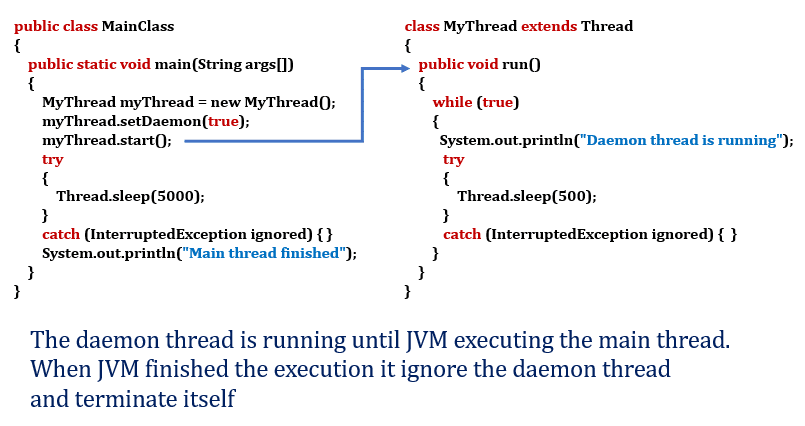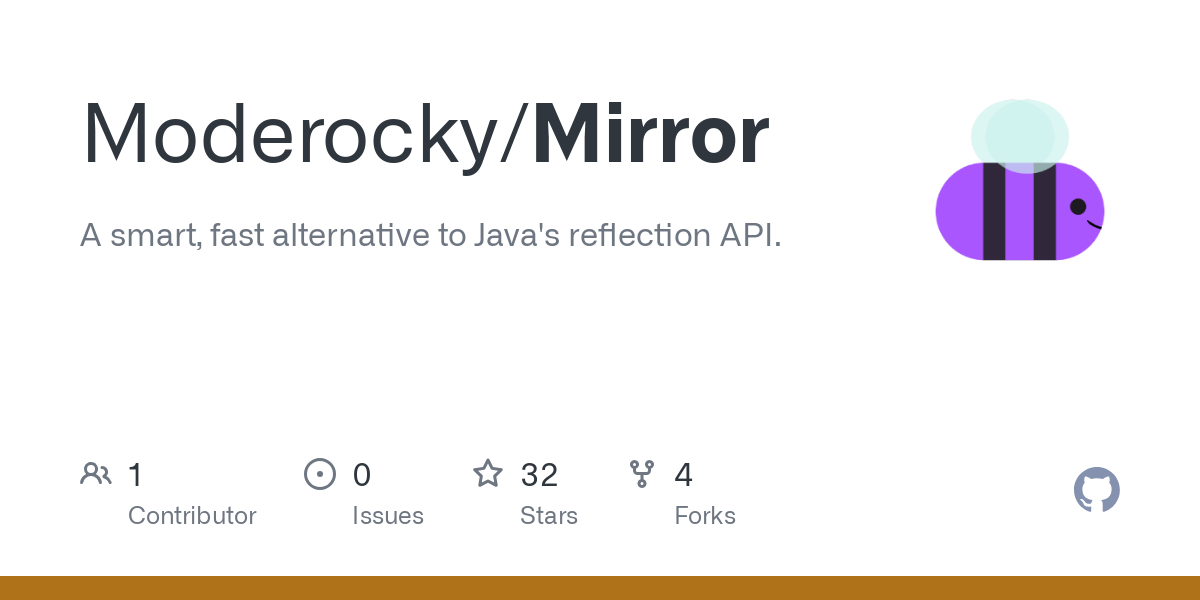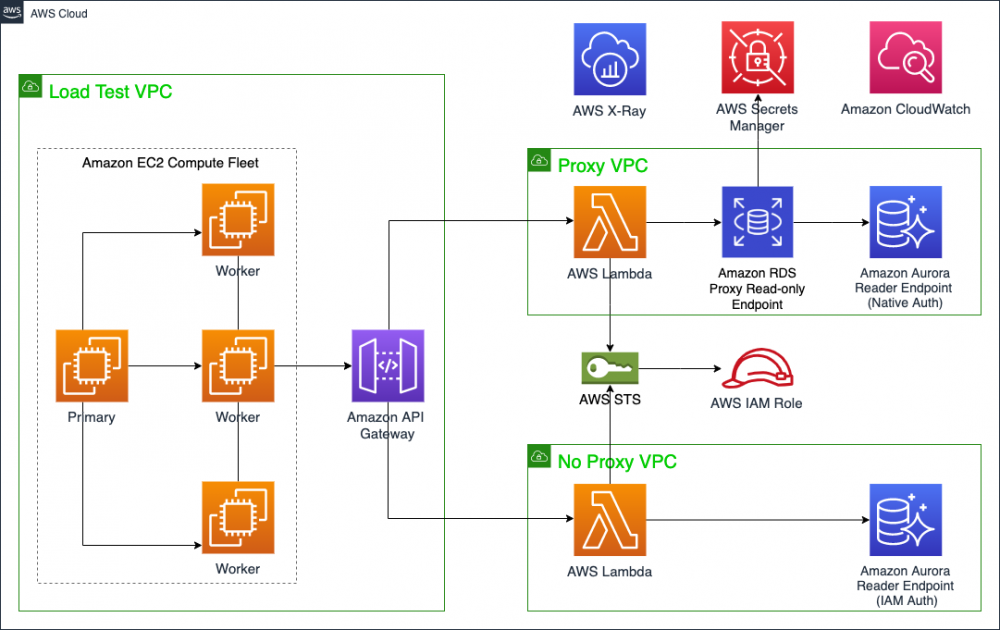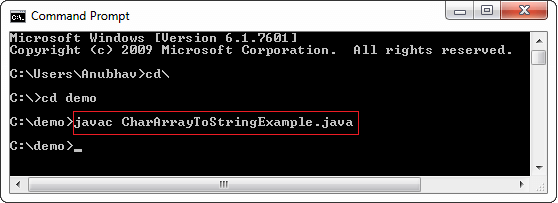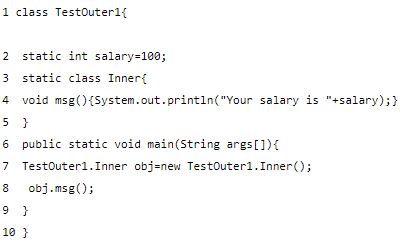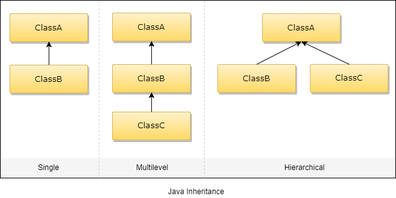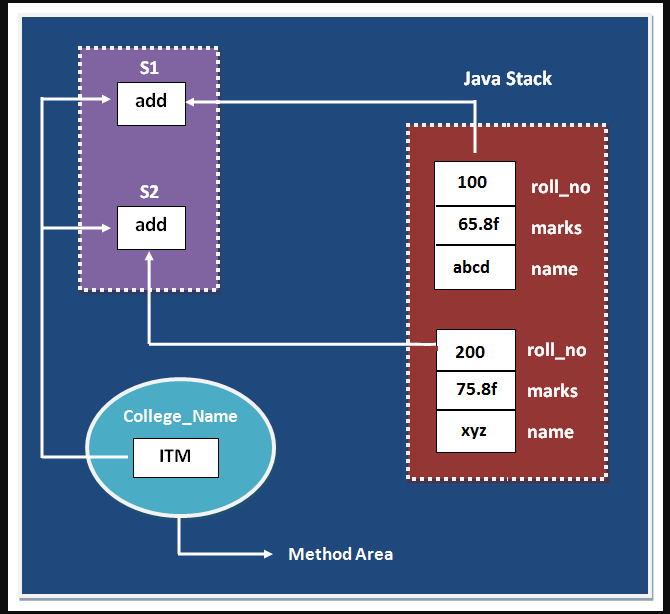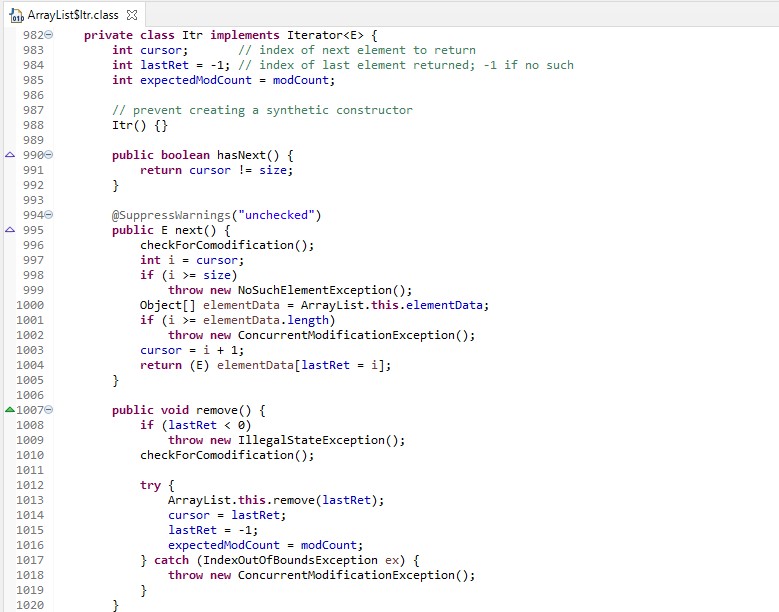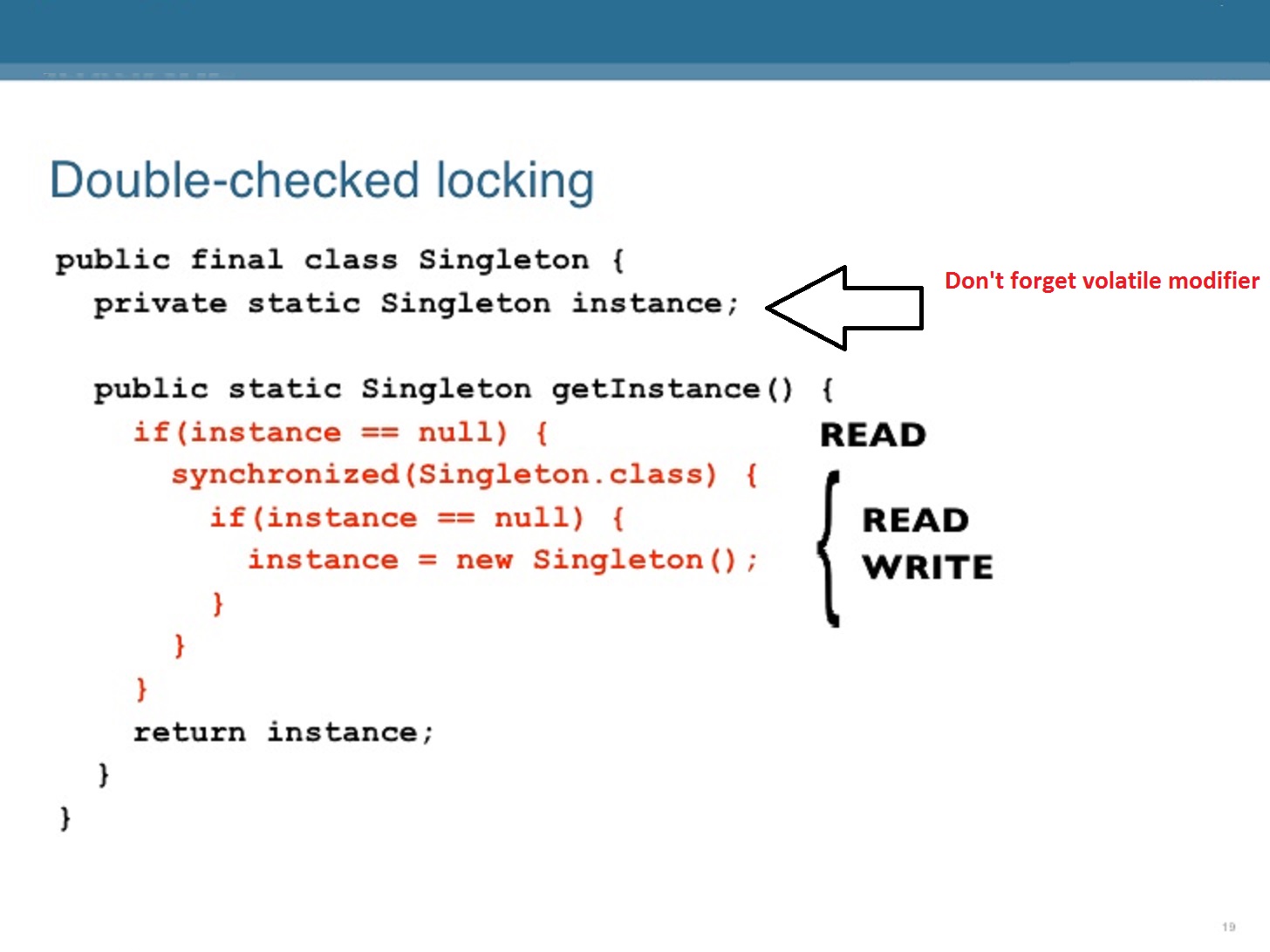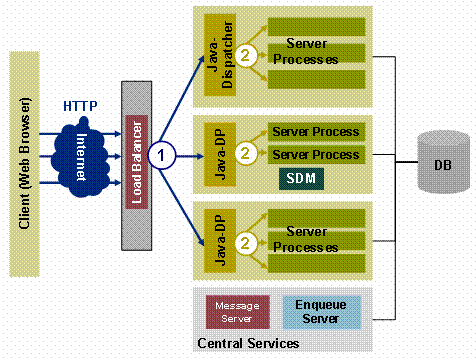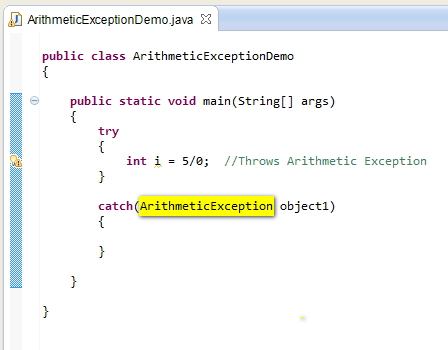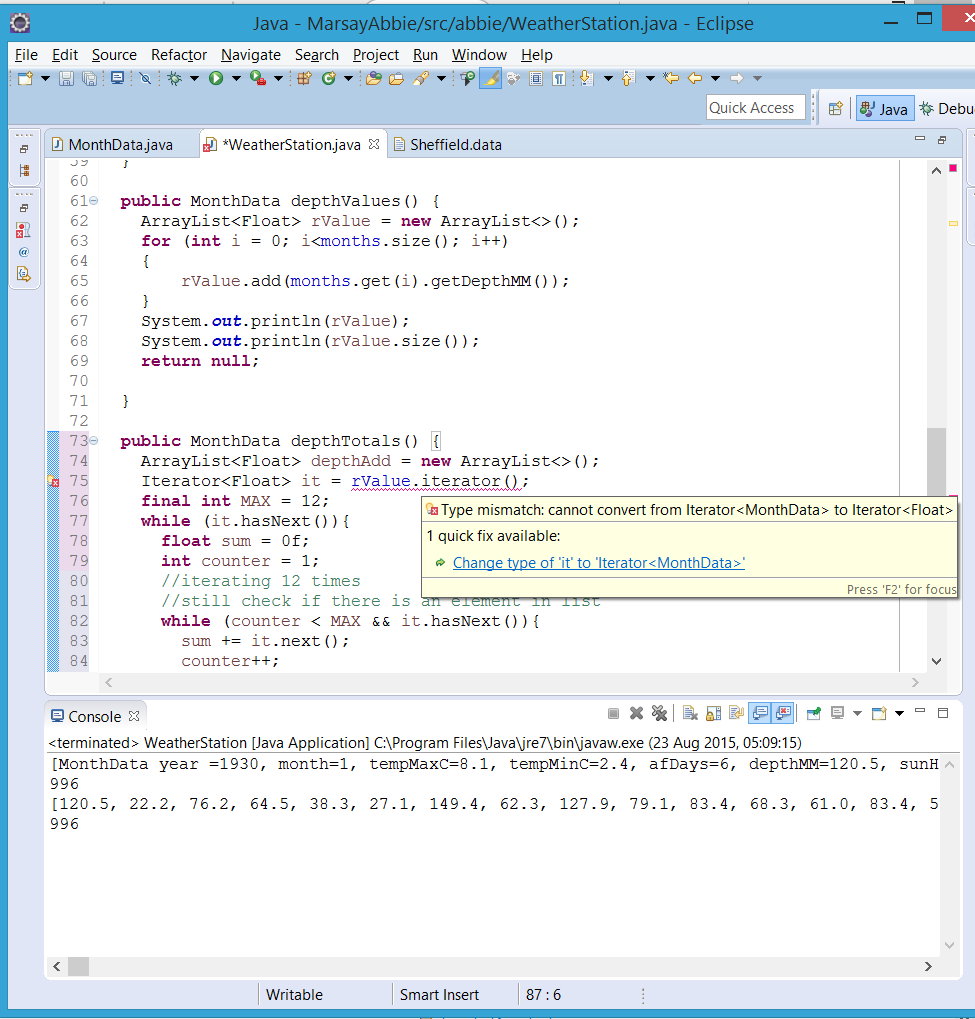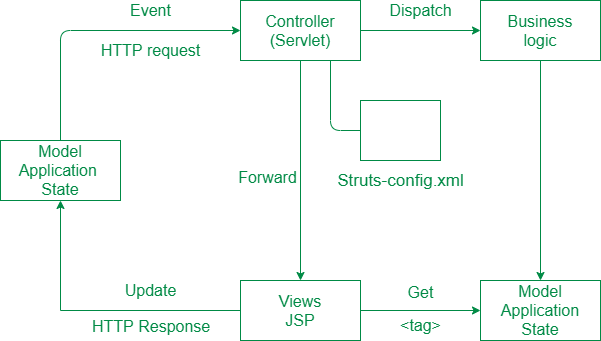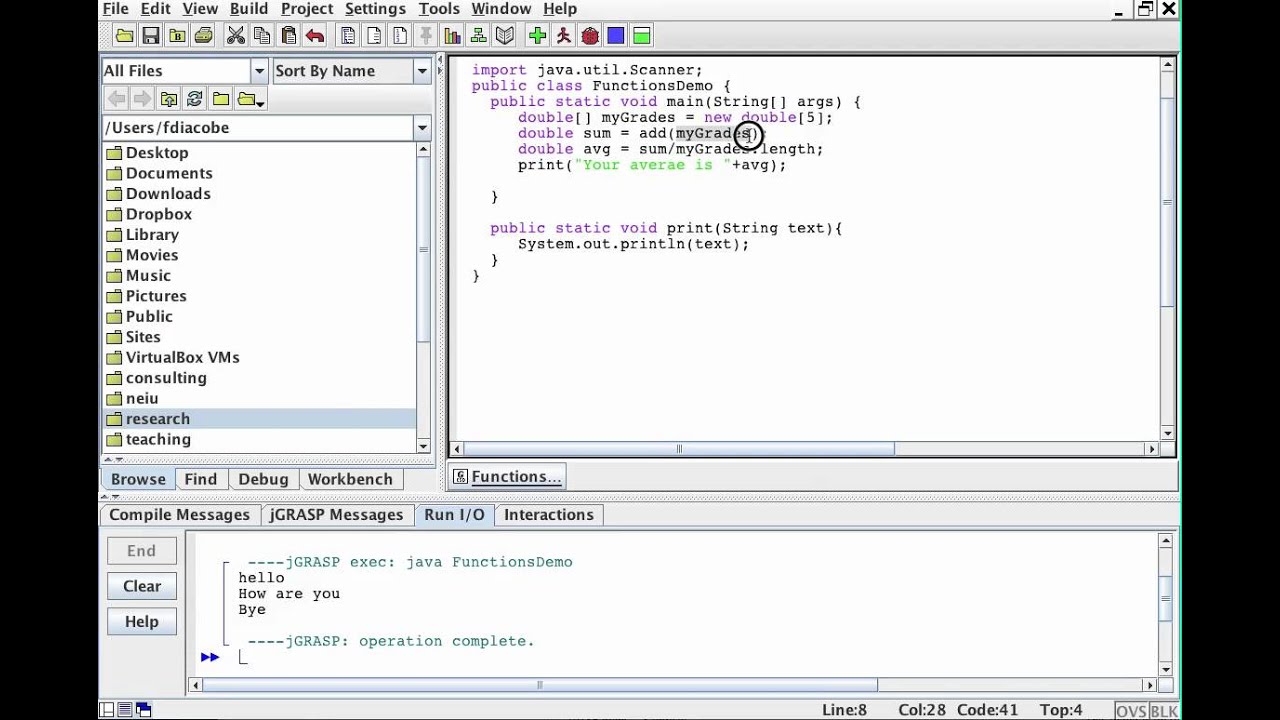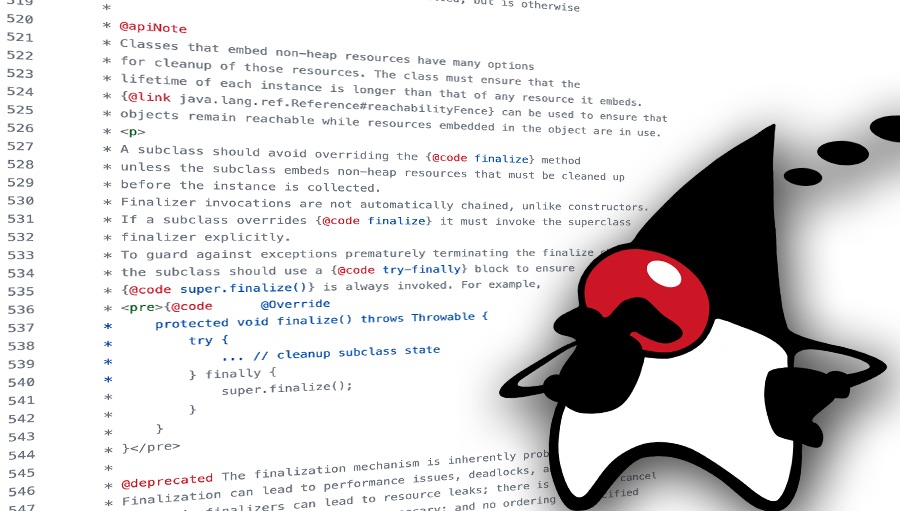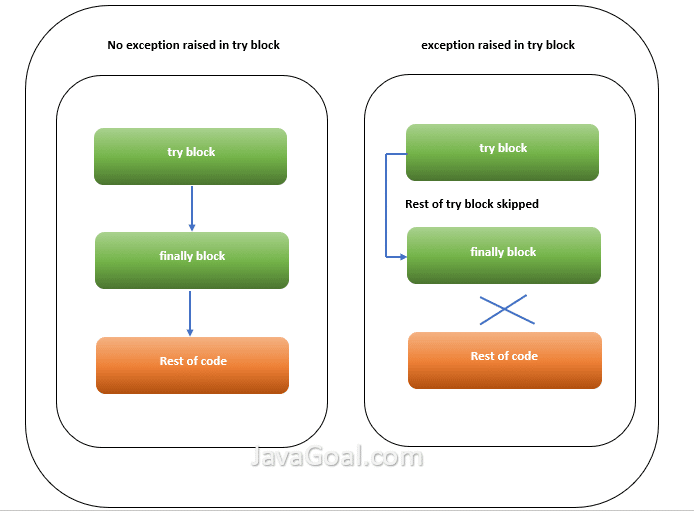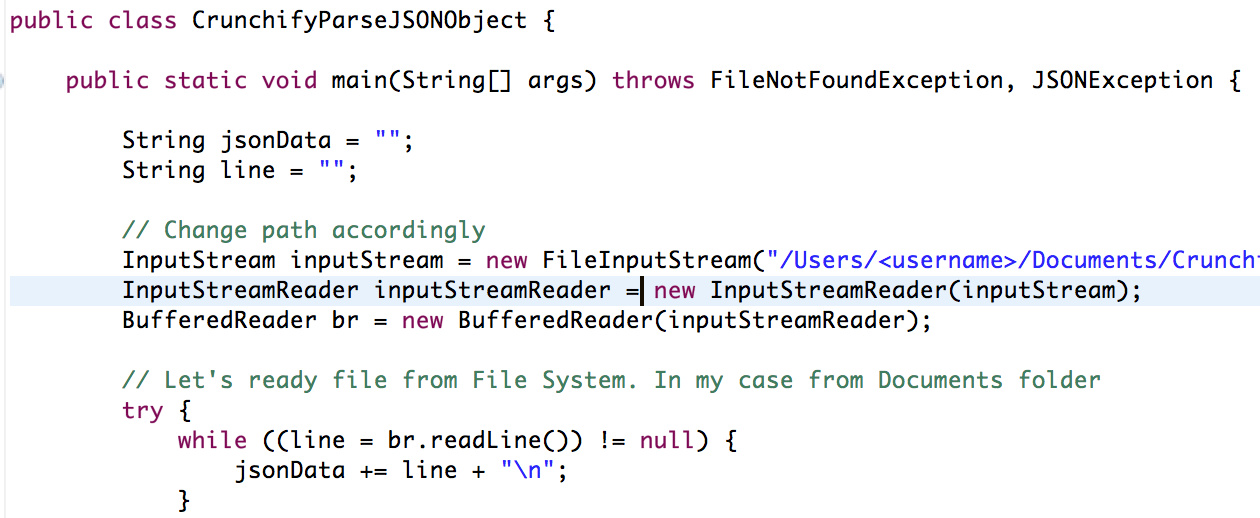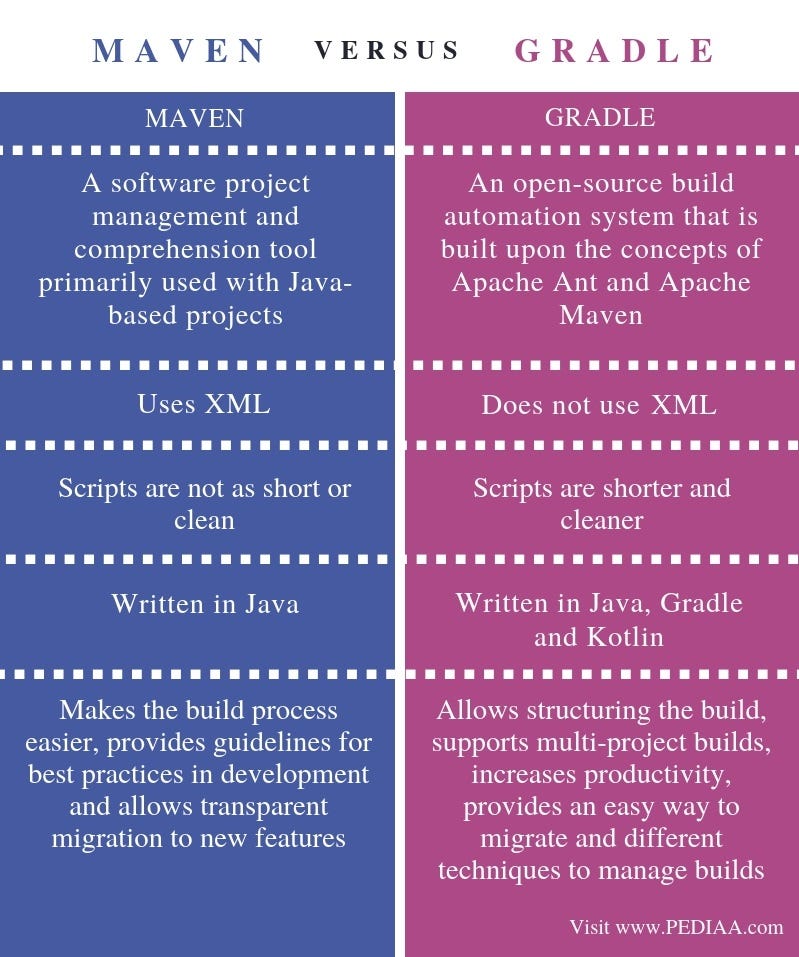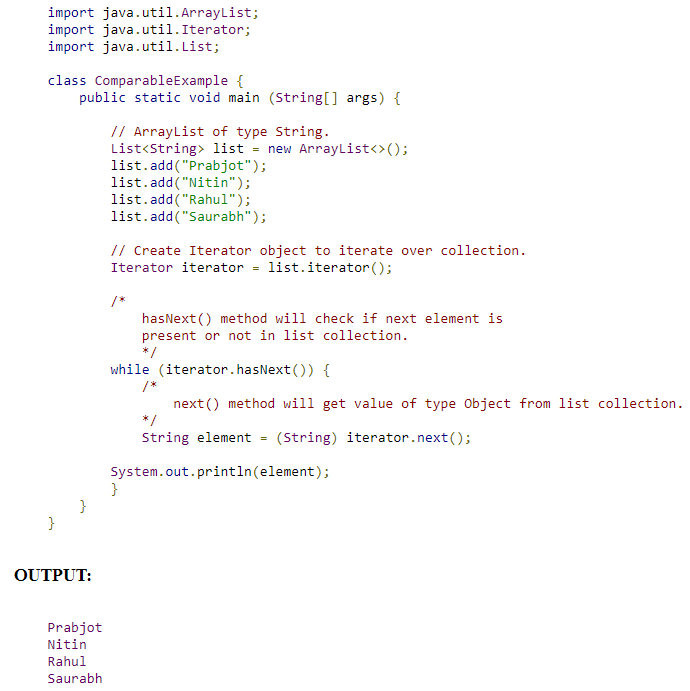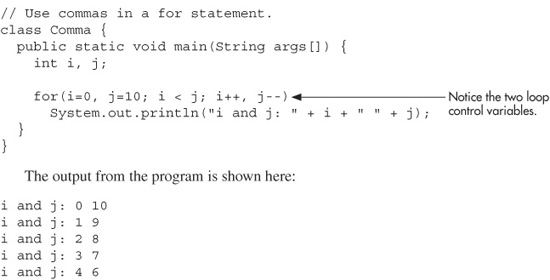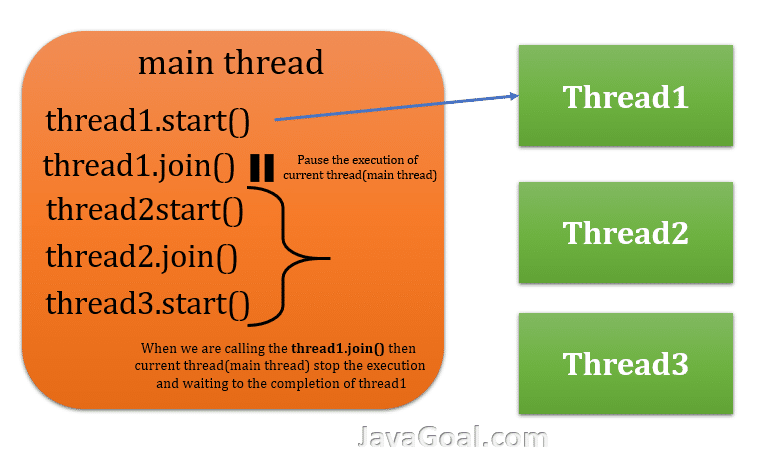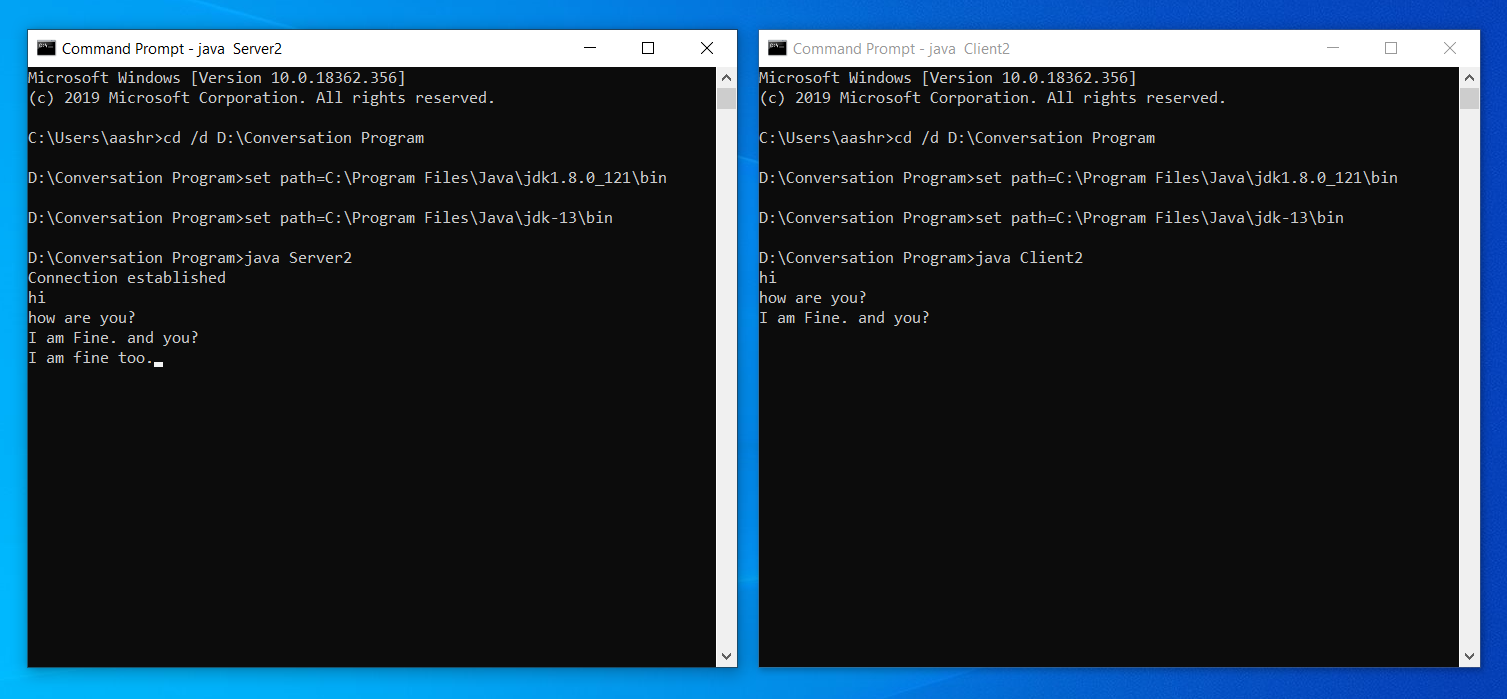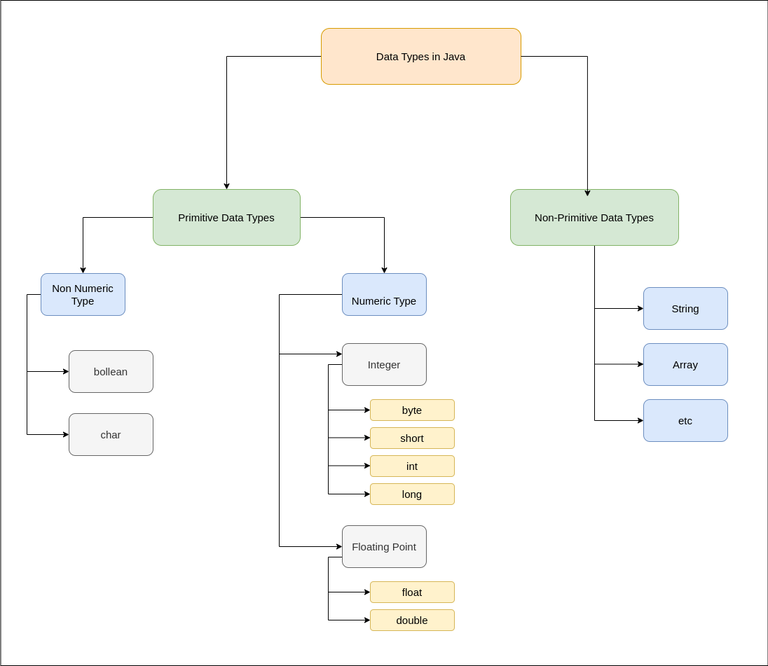What is templating in Java?
What is templating in Java?
I'm glad to see you're interested in learning about templating in Java!
Templating in Java refers to the process of combining a template, which is typically an HTML or XML file, with data to produce a final output. The goal is to separate the presentation logic from the business logic and reuse code by populating templates with dynamic content.
In traditional programming, you would typically use string concatenation or object-to-string serialization to generate dynamic HTML pages. However, this approach has its limitations, such as:
Code complexity: Mixing presentation and business logic in a single program can lead to complex and difficult-to-maintain code. Performance: Manual HTML generation can be slow and resource-intensive, especially when dealing with large amounts of data.Templating libraries like Freemarker, Velocity, or Thymeleaf aim to alleviate these issues by providing a more elegant and efficient way to generate dynamic content.
Here's how templating works in Java:
Template engine: You use a template engine library (e.g., Freemarker) to parse and render templates. Template files: You create template files containing placeholders for dynamic data, typically using syntax like${variable} or #foreach.... Model objects: You define model objects that contain the data to be used in the template. Render the template: You pass the model objects and the template file to the template engine, which populates the placeholders with data.
Templating libraries offer various features, such as:
Conditional statements: Execute different code blocks based on conditions (e.g.,if, else, or switch). Loops: Repeat a section of code for each item in a collection (e.g., #foreach). Functions: Define custom functions to perform specific tasks or calculations. Internationalization and localization: Support for formatting dates, numbers, and currencies according to different locales.
By using templating libraries, you can:
Simplify code: Decouple presentation logic from business logic, making your code more readable and maintainable. Improve performance: Templating engines optimize rendering and caching of templates, resulting in faster response times. Enhance flexibility: Easily switch between different templates or layouts without modifying the underlying code.Some popular templating libraries for Java include:
Freemarker: A widely used and highly customizable template engine. Velocity: A template engine known for its simplicity and ease of use. Thymeleaf: A modern, expressive template engine with a strong focus on security and maintainability.In conclusion, templating in Java is an essential concept for separating presentation logic from business logic, making your code more efficient, flexible, and easy to maintain. By choosing the right template engine library, you can create robust, scalable applications that meet the demands of modern web development.
Java template pattern with interface
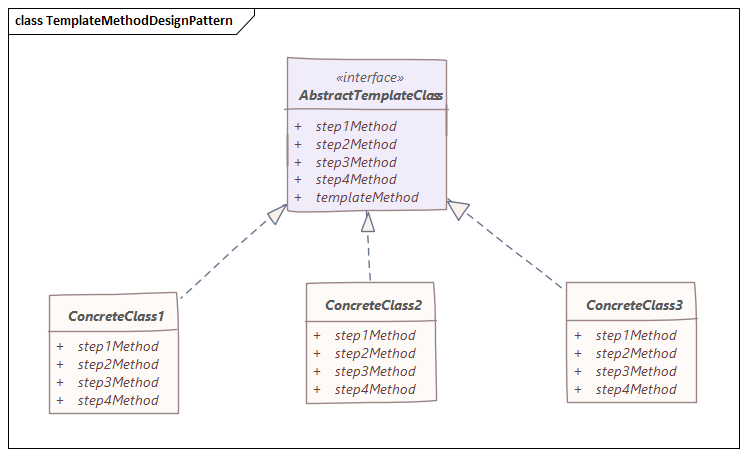
The Template Method Pattern with Interface is a structural design pattern that defines the skeleton of an algorithm, allowing subclasses to customize certain steps without altering the structure of the algorithm. This pattern can be used to create a family of similar algorithms where each algorithm has a common theme or underlying mechanism.
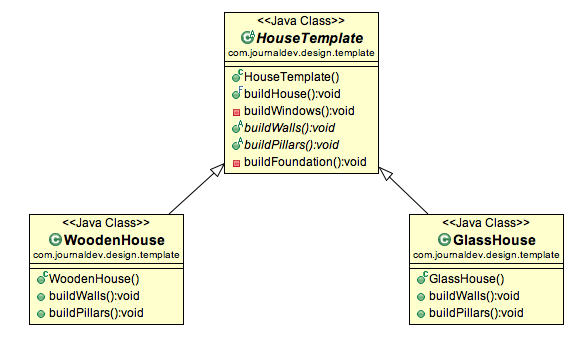
Here's how this pattern works:
Define an interface or abstract class that specifies the contract for the algorithm. The interface should contain one or more methods that need to be implemented. Implement the interface or abstract class in a concrete subclass, and provide specific implementations for the required methods. In the interface or abstract class, implement the template method (also known as the algorithm) which will call the necessary steps defined in the interface or abstract class.The benefits of using this pattern are:
Decoupling: By separating the concern of the algorithm from the implementation of specific steps, we can decouple the algorithm from its implementations. This allows us to change the implementation without modifying the algorithm. Reusability: Since we have an interface or abstract class that specifies the contract for the algorithm, we can use the same algorithm with different implementations.Here's a Java example:
// Define an interface or abstract class that specifies the contract for the algorithm.
public interface CoffeeMaker {
void brew();
void addMilk();
void addSugar();
}
// Implement the interface or abstract class in a concrete subclass, and provide specific implementations.
public class SimpleCoffeeMaker implements CoffeeMaker {
public void brew() {
System.out.println("Brewing coffee...");
}
public void addMilk() {
System.out.println("Adding milk...");
}
public void addSugar() {
System.out.println("Adding sugar...");
}
}
// Implement the interface or abstract class in another concrete subclass, and provide specific implementations.
public class FrenchRoastCoffeeMaker implements CoffeeMaker {
public void brew() {
System.out.println("Brewing French Roast coffee...");
}
public void addMilk() {
System.out.println("Not adding milk (French Roast style)...");
}
public void addSugar() {
System.out.println("Adding sugar, but not too much (French Roast style)...");
}
}
// Define the template method or algorithm.
public class CoffeeAlgorithm {
public static void makeCoffee(CoffeeMaker coffeeMaker) {
coffeeMaker.brew();
coffeeMaker.addMilk();
coffeeMaker.addSugar();
}
public static void main(String[] args) {
SimpleCoffeeMaker simpleCoffeeMaker = new SimpleCoffeeMaker();
FrenchRoastCoffeeMaker frenchRoastCoffeeMaker = new FrenchRoastCoffeeMaker();
makeCoffee(simpleCoffeeMaker);
System.out.println();
makeCoffee(frenchRoastCoffeeMaker);
}
}
In this example, we have an interface CoffeeMaker that specifies the contract for a coffee maker. The interface contains three methods: brew, addMilk, and addSugar. We then implement this interface in two concrete subclasses: SimpleCoffeeMaker and FrenchRoastCoffeeMaker.
The CoffeeAlgorithm class defines the template method or algorithm, which takes a CoffeeMaker as an argument and uses it to make coffee. The makeCoffee method calls the necessary steps defined in the interface.
In the main method, we create instances of SimpleCoffeeMaker and FrenchRoastCoffeeMaker, and then use the template method to make coffee with each instance. This demonstrates how the same algorithm can be used with different implementations, which is the essence of the Template Method Pattern with Interface.

